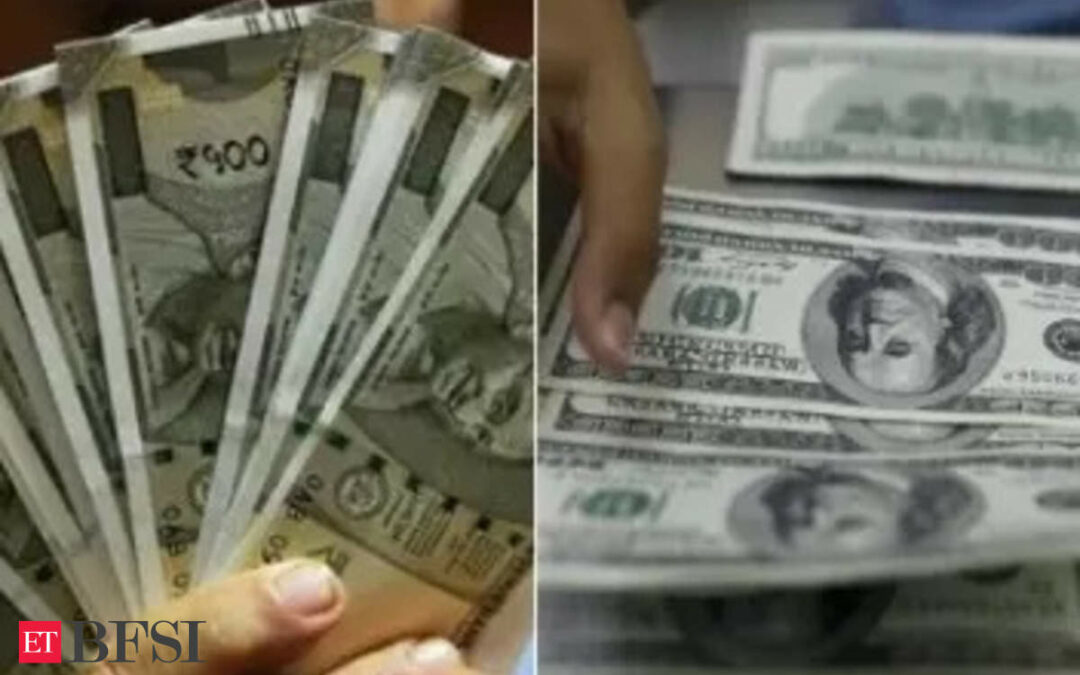In recent years, the Reserve Bank of India (RBI) has taken strategic steps to promote the Indian rupee’s global usage, aiming to reduce reliance on foreign currencies and position the rupee as a stable international medium of exchange. This process, known as internationalisation, is crucial for enhancing India’s role in global trade and investment. By implementing measures such as reducing rupee volatility and encouraging bilateral trade in rupees, the RBI seeks to build a robust foundation for the currency’s future as a global asset. Here’s a breakdown of how this transformation is unfolding.
What does ‘internationalising the rupee’ mean?Internationalising the rupee refers to the process of making the Indian currency widely accepted and used for global trade, finance, and investment. The goal is for the rupee to be used by foreign entities for transactions beyond Indian borders, much like the US dollar, euro, or yen. It involves creating frameworks that allow foreign countries and businesses to use the rupee to settle trade, make investments, and even hold it as a reserve currency.
Why is the RBI focused on internationalising the rupee?
The Reserve Bank of India (RBI) sees internationalisation as a way to increase India’s influence in global markets and reduce its reliance on foreign currencies, especially the US dollar. By promoting the rupee’s use abroad, India can also reduce exchange rate risks and increase economic stability. Additionally, as India’s economy grows, the internationalisation of the rupee would position the country as a more significant player in global trade and finance.
What steps has the RBI taken towards internationalising the rupee?
The RBI has taken several steps to encourage the use of the rupee globally:
Bilateral Agreements for Trade Settlement in Rupees: The RBI has signed agreements with other countries to settle trade transactions in rupees, reducing the need for US dollars or other major currencies in bilateral trade.
Encouraging Cross-border Payment Systems: Indian payment systems like the Unified Payments Interface (UPI) are being promoted for cross-border transactions, allowing other countries to use Indian systems for seamless payments.
Reducing Rupee Volatility: The RBI has tightly controlled the rupee’s exchange rate over the past year, significantly reducing its daily fluctuations. This makes the rupee appear more stable, increasing confidence among international investors and businesses.
How does the RBI’s control over the rupee’s volatility contribute to internationalisation?
By reducing exchange rate volatility, the RBI is presenting the rupee as a stable currency that foreign investors and traders can trust. If a currency fluctuates wildly, it poses a risk for businesses and investors who may see the value of their rupee-denominated assets decline suddenly. The RBI’s strategy has been to keep the rupee within a narrow trading range, which lowers the risk for international users and makes the rupee a more attractive option for global transactions.
How does this strategy compare to other emerging market currencies?
Compared to other emerging market currencies, the rupee has shown far less volatility in the past year. While currencies like the Korean won have experienced large swings, the rupee’s movement has been relatively small. This stability makes it more reliable for foreign investors looking to include Indian assets in their portfolios, as it reduces the risk of losing money due to currency fluctuations.
What challenges does the RBI face in internationalising the rupee?
One major challenge is that artificially controlling the rupee’s stability may not be sustainable in the long run. While the RBI has large foreign exchange reserves to manage the rupee’s value, external shocks like a sharp rise in oil prices could lead to sudden depreciation, which could shake confidence in the currency. Additionally, for the rupee to become truly international, India must grow its share in global trade, which remains relatively small.
What are the long-term goals for the rupee’s internationalisation?
The RBI views the internationalisation of the rupee as a long-term process, with a timeline extending beyond 2035. This is because many structural changes need to take place for the rupee to gain wide acceptance globally. These include increasing India’s role in global trade, further liberalising the foreign exchange market, and continuing to promote India as a key player in currency price discovery.
What is the ultimate impact of a fully internationalised rupee?
A fully internationalised rupee would mean that Indian businesses, government entities, and individuals could engage in international trade and finance without relying heavily on foreign currencies. This would reduce exchange rate risks, increase India’s economic stability, and enhance the country’s position in global markets. It could also lead to the rupee being held as a reserve currency by other nations, similar to the US dollar or the euro.











